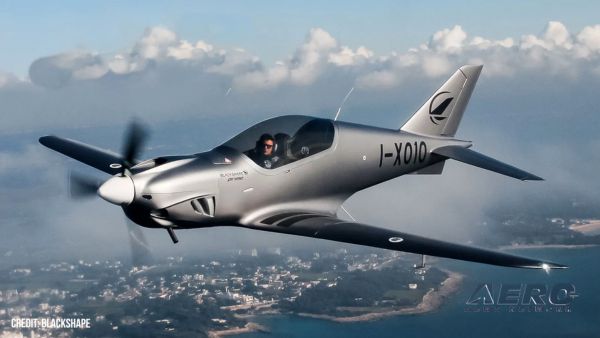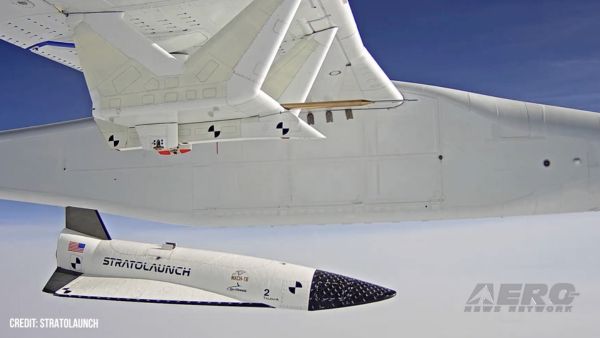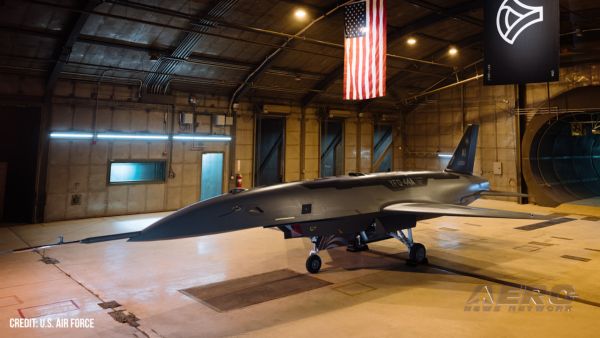The diesel revolution
is moving forward. According to the folks at Thielert Aircraft
Engines GmbH (TAE), the 310 HP Centurion 4.0 "has achieved type
certification according to EASA requirements for the CENTURION 4.0
on 28 October 2004."
The CENTURION 4.0 is a V8-engine that runs on conventional (and
plentiiful) jet fuel. Thielert notes that "this is now the third
innovative jet fuel aircraft engine which TAE has succeeded in
certifying for General Aviation aircraft. The type certification
was conducted in accordance with the requirements of the European
Aviation Safety Agency (EASA) in Cologne. The CENTURION 4.0
generates 310 bhp and reduces operating costs by up to 70 percent
compared with conventional avgas engines, which have to be operated
with highly leaded aviation fuel. The engine is scheduled to make
its maiden flight in the second quarter of 2005."
"For us, the type certification of the CENTURION 4.0 signifies a
further milestone in the development of our CENTURION jet fuel
aircraft engine programme. In conjunction with the CENTURION 1.7,
we now cater fully to two performance categories," explained Frank
Thielert, managing director and founder of TAE. Just like the
CENTURION 1.7, the CENTURION 4.0 has been designed on the basis of
tried-and-trusted components from automotive production. "By using
ready-developed components from the automotive industry, we reduce
our development costs and, as such, the price of our engines. The
market calls for modern, cost-saving engines. For this reason, we
regard a medium-term sales figure of 600 CENTURION 4.0 engines per
annum as realistic," said Thielert.
The V8 engine works according to the diesel principle. From its
four-litre displacement, it generates 228 kW (310 bhp) and provides
a torque of 946 Nm (698 ft.lb) to the propeller. TAE equips all of
its CENTURION engines with true single level control and a fully
electronic engine and propeller management system (FADEC). Common
rail technology, direct injection, turbo charging, liquid cooling
and reduction gear go to complete the state-of-the-art equipment
features. After being awarded the type certification on 28 October
2004, the CENTURION 4.0 is now approved for the exclusive use with
jet fuel (kerosine). Within the scope of the "Life Time Extension"
programme, the "Time Between Replacement" is gradually being
extended upwards to 2000 hours. TAE anticipates that this
certification will have been validated by the Federal Aviation
Administration in the U.S. by the second quarter of 2005.
TAE, a medium-sized company from Saxony in Germany, has been
developing, certifying and manufacturing jet fuel aircraft engines
for small General Aviation aircraft since 1999. A flying hour
in a conventional petrol engine in the Cessna 172 class costs
roughly 70 euros (nearly $89, as of 11/08/04), the CENTURION 1.7
costs less than 34 euros (a little over $43, as of 11/08/04). Even
greater savings are possible depending on the performance setting
and the fuel price. The CENTURION 1.7 can be fitted in single or
twin engined motor-powered aircraft with a take-off weight of up to
3800 lb, such as the Cessna 172, Piper PA28 and Diamond DA40
belong to this category. The more powerful CENTURION 4.0 is to be
deployed in four to six-seater passenger aircraft with up to a 6000
lb take-off weight. At present, a number of development engines
have been fitted in well-known aircraft. A maiden flight is
expected in the second quarter of 2005.
 ANN's Daily Aero-Linx (05.06.25)
ANN's Daily Aero-Linx (05.06.25) ANN's Daily Aero-Term (05.06.25): Ultrahigh Frequency (UHF)
ANN's Daily Aero-Term (05.06.25): Ultrahigh Frequency (UHF) ANN FAQ: Q&A 101
ANN FAQ: Q&A 101 Classic Aero-TV: Virtual Reality Painting--PPG Leverages Technology for Training
Classic Aero-TV: Virtual Reality Painting--PPG Leverages Technology for Training Airborne 05.02.25: Joby Crewed Milestone, Diamond Club, Canadian Pilot Insurance
Airborne 05.02.25: Joby Crewed Milestone, Diamond Club, Canadian Pilot Insurance


